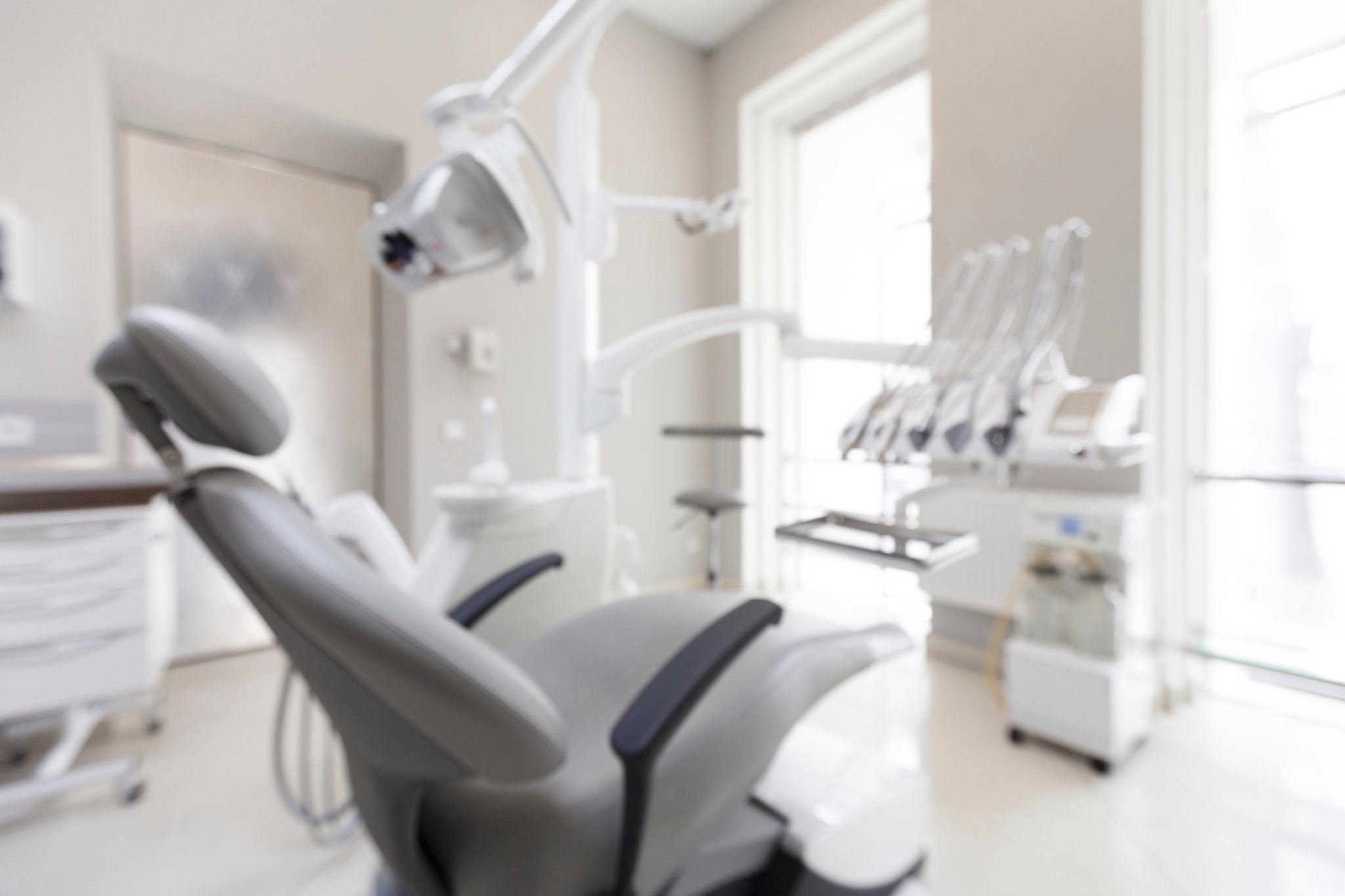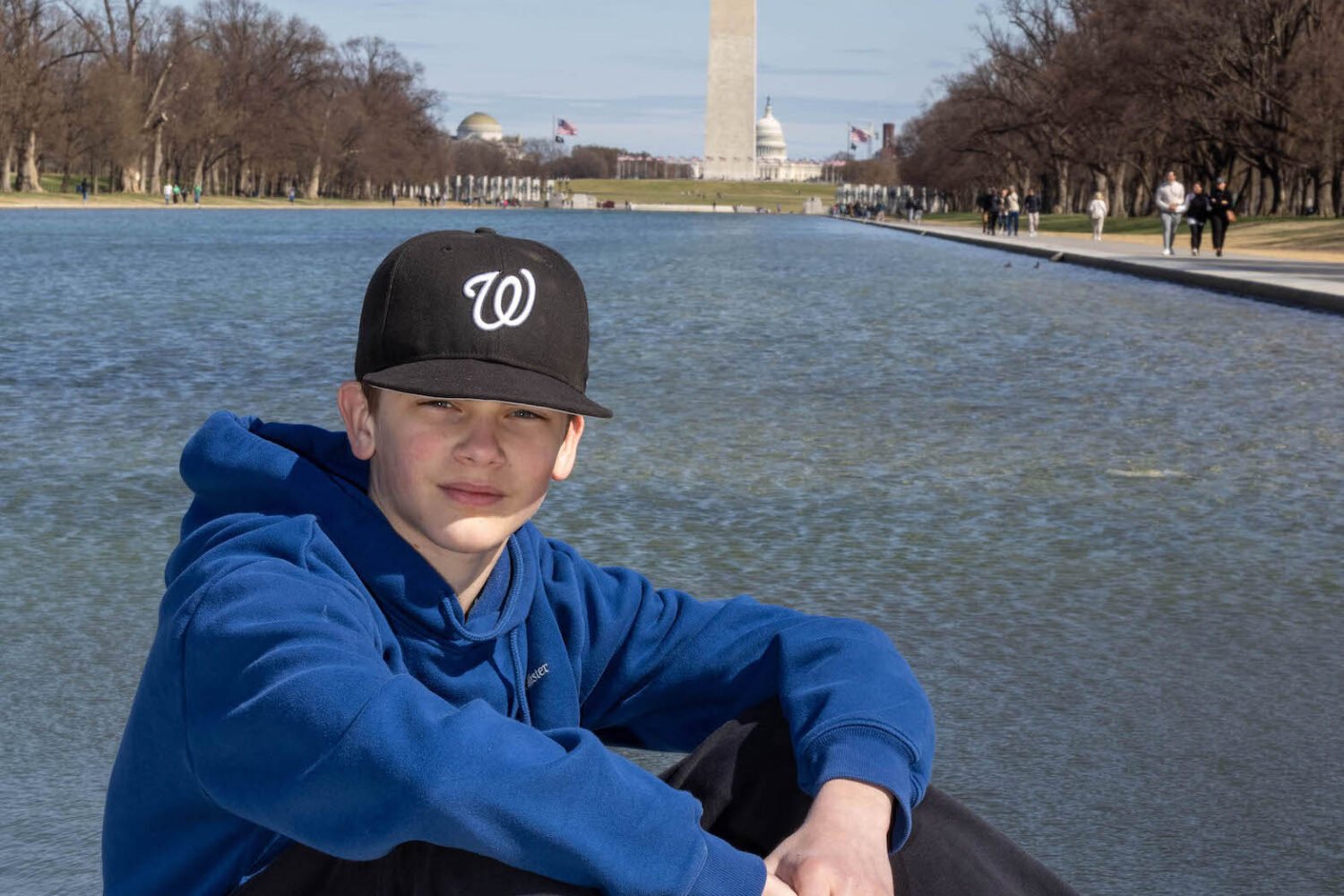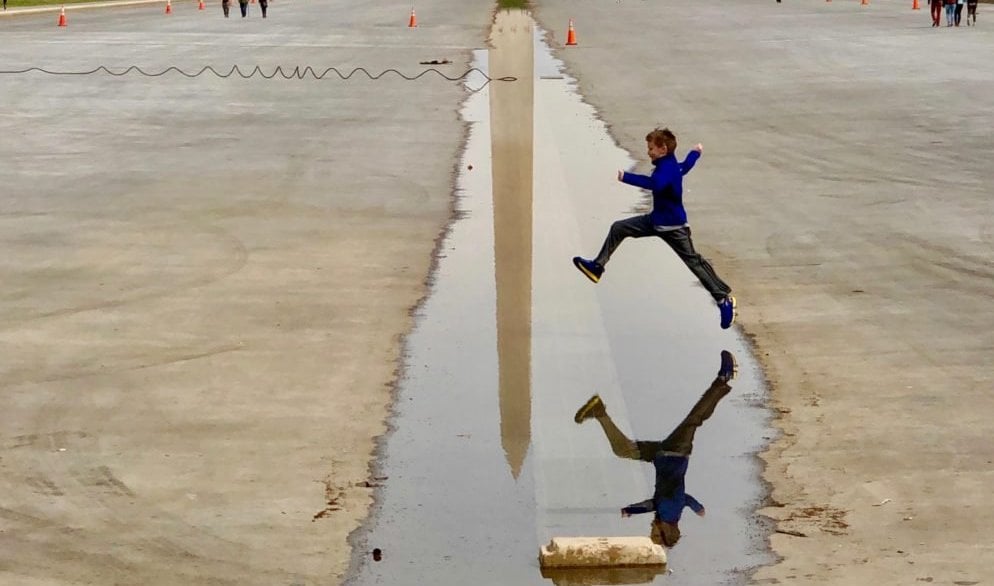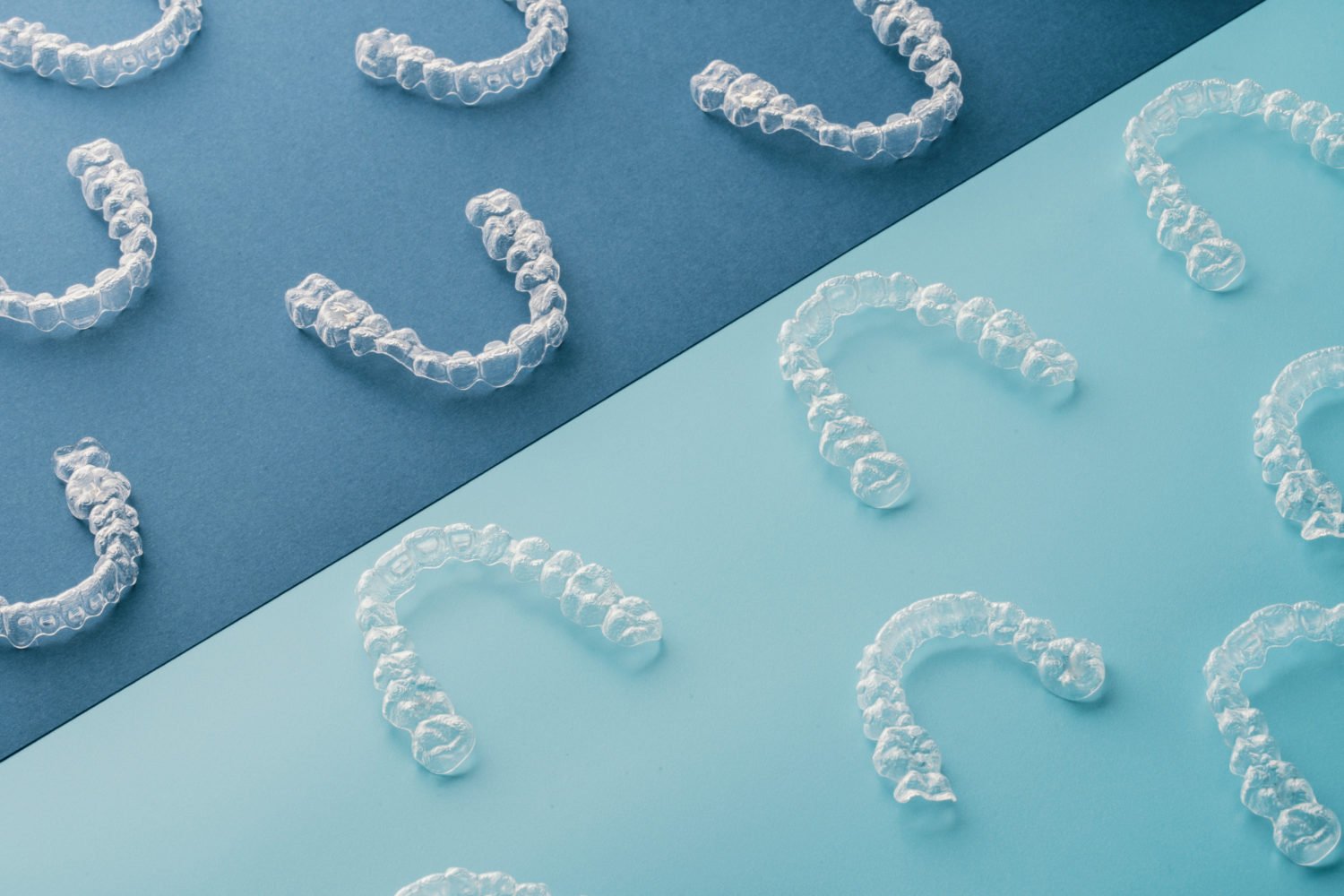About Coronavirus 2020
Washingtonian is keeping you up to date on the coronavirus around DC.
Yes, that daily headache may be attributed to the oozing pool of toxic waste that is our current political reality, bubbling and sinister and deadly when imbibed. Well, to be more clear, the headache may be attributed to your body’s reaction to said oozing pool of toxic waste, part of which, in addition to spurts of crying or the plucking out of eyebrows, is apparently a significant amount of teeth gnashing.
Or so say dentists. According to them, America, overwrought and under-rested, is grinding its choppers away.
“The collateral damage has just been incredible,” says DC dentist Brian Gray of the pandemic-meets-election season’s effect. Part of that damage is due to stress-related clenching and grinding, which causes people to come in complaining of headaches, jaw pain, or cracked or broken teeth. Antidepressant medications can cause teeth-grinding too. Gray estimates he’s making about 30 percent more night guards than he usually would—”even more than when Trump came into office, which is hard to believe.”
And it’s not just adults. Half of orthodontist Jill Bruno’s clients are teenagers, and their teeth are taking a beating, too. “I’m not a psychologist or psychiatrist, but the stress of this time period, it manifests in different people in different ways,” says Bruno. “The oral cavity, the mouth, takes a lot of the brunt.” Bruno estimates that about 25-to-30 percent of her patients have come in after grinding through their night guards, retainers, or aligners.
Some teeth-clenchers may do it during the day, and can stop themselves, but others may be nocturnal gnashers. “Just chewing and eating, it creates about 20-to-40 pounds of force,” says Bruno. “When a patient is sleeping at night and they’re bruxing or grinding, because they’re unconscious, they can create upwards of 100 pounds of force.”
Over time, this can lead to cavities, tooth sensitivity, gum disease, or the cracking or loss of teeth, says Bruno. “Poor little teeth,” she says. “It’s like banging them with a hammer.”
Also detrimental is what Gray calls “Covid collateral damage.” People may have postponed scheduling a dentist appointment before the pandemic, figuring they’d get in eventually, but then all non-emergency dental work was suspended. Now they may feel wary about coming in for a check-up, and suddenly it’s been over a year since they’ve had their teeth examined. Combine these extended absences with what may be a decrease in hygiene, and you have a lot of people with gum disease, decay, and cavities, says Gray.
One of his patients of 20 years, a partner at a K Street law firm, came in to see Gray after one such pandemic-induced absence. He had 17 cavities. “He was like, ‘I basically was sitting around eating Twinkies and drinking Mountain Dew and wasn’t brushing or taking care of myself,’” says Gray. “Everyone had good intentions about getting out and jogging and all that stuff [when the pandemic hit]—that all kind of got thrown out the window.”
A similar thing is happening with small children, too, says Arlington pediatric dentist Peter Markov. As kids may be spending more time at home virtual schooling, that means more opportunities for sugary snacking throughout the day. Combine that with parents who may be too frazzled to strong-arm their kids into a consistent brushing schedule, and that can lead to issues. “[It’s] more treatment rather than prevention,” says Markov of the work he’s doing now. “Kids at home have so many more risk factors.”
That applies to kids who may not be coming to in-person appointments right now, too. “A lot of what we do is making sure that kids are progressing at a certain level from a developmental standpoint, making sure that the teeth are coming in correctly, [that] there’s nothing wrong gone on,” says Markov. If a child has missed a few visits, that could mean crucial time has been lost, says Markov, and something that could have been fixed with braces may have to be corrected with surgery. “It’s a lot harder after the fact, rather than if you can catch it earlier,” he says.
These three dentists say they’re seeing about 70 percent of their normal patient load, which is due to a combination of capacity restrictions and folks feeling reluctant to come in. After all, dentists are sticking their faces in patients’ gaping mouths and using tools like drills that can spread saliva droplets—aspects that seem dangerous during a pandemic.
Yet, despite the obvious risks, less than one percent of US dentists were found to have Covid-19 this past June, according to a recent American Dental Association report. This is likely due to prevention measures such as patient screening, wearing PPE, social distancing, and limiting office capacity. “I routinely remind patients this is the cleanest place they’re going to be all week,” says Gray. “I can guarantee that.”
Bruno agrees: “We already had, before Covid, protocols in place to sterilize, disinfect, and clean,” she says. “So we were already super clean to start with, we just ramped it up.”
And, don’t forget—that’s a mutually beneficial strategy. “[Some] patients are like, ‘Oh, thank you for putting that on to protect me,’’ ’ says Gray of wearing PPE. “And we’re like ‘You know, we’re putting that on to protect us. Yeah, we’re protecting you, but we’re protecting us.’ ”





















